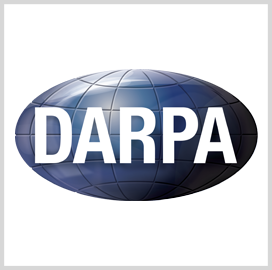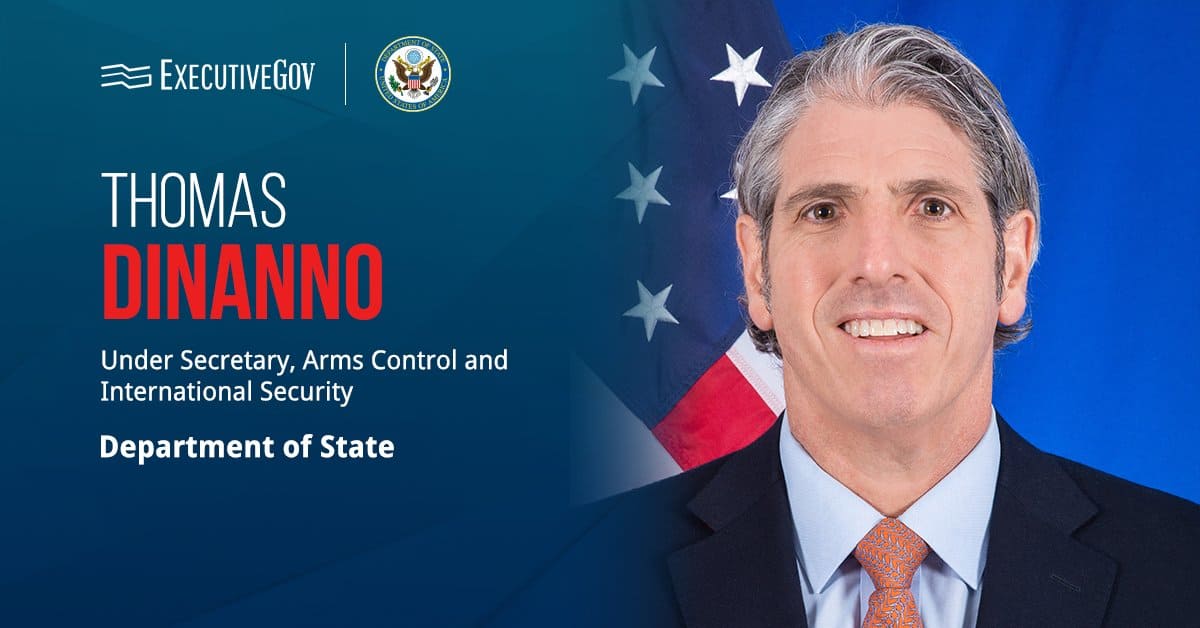The Defense Advanced Research Projects Agency has begun soliciting proposals for a two-phase program to develop autonomy transfer methods for refining low-fidelity models and simulations to be used for transfer.
The Transfer from Imprecise and Abstract Models to Autonomous Technologies, or TIAMAT, program aims to create sim-to-sim and sim-to-real autonomy transfer techniques that will enable same-day transfer of autonomous technologies from simulation to reality, DARPA said Tuesday.
DARPA expects that the proposed TIAMAT method could result in autonomous systems that are adaptable to different military missions.
Phases 1 and 2 will each run for 18 months and the results of the first segment will be used to down-select participants from six to three.
Interested parties have until Dec. 20 to submit proposals.





